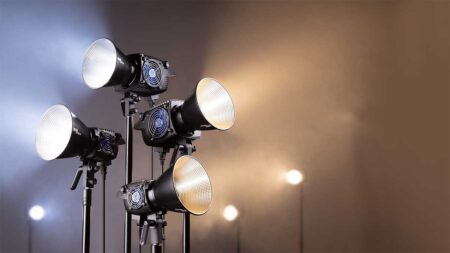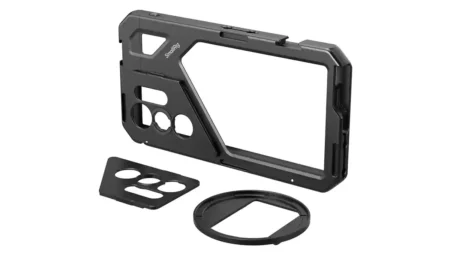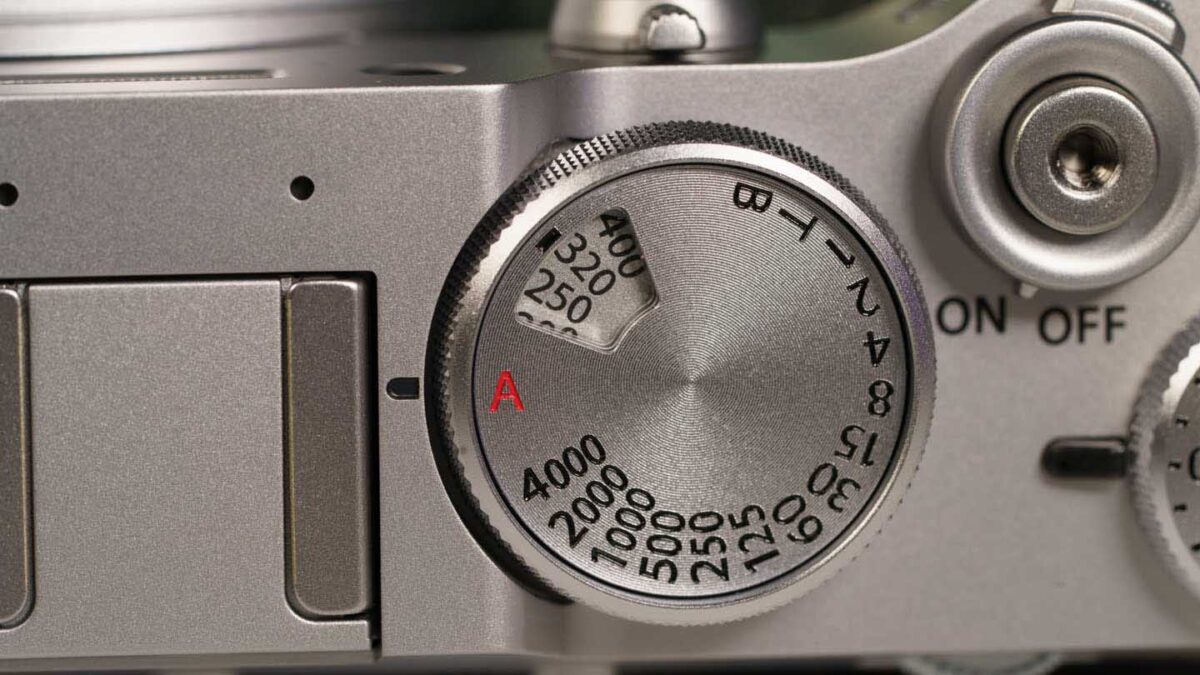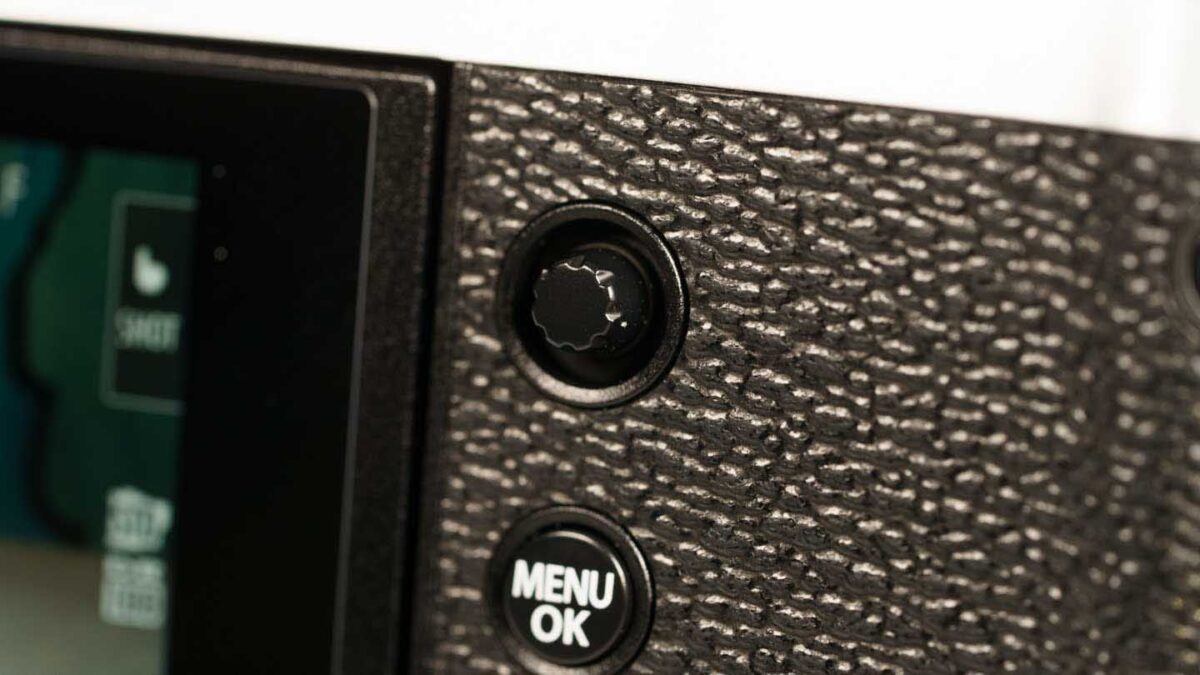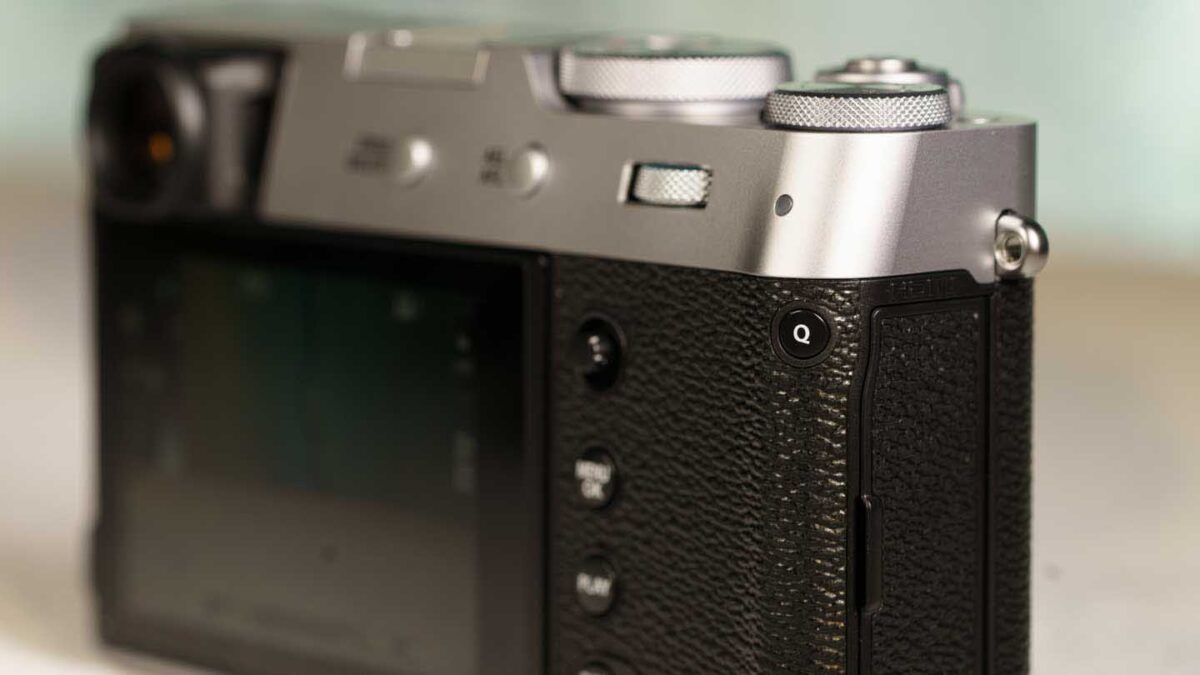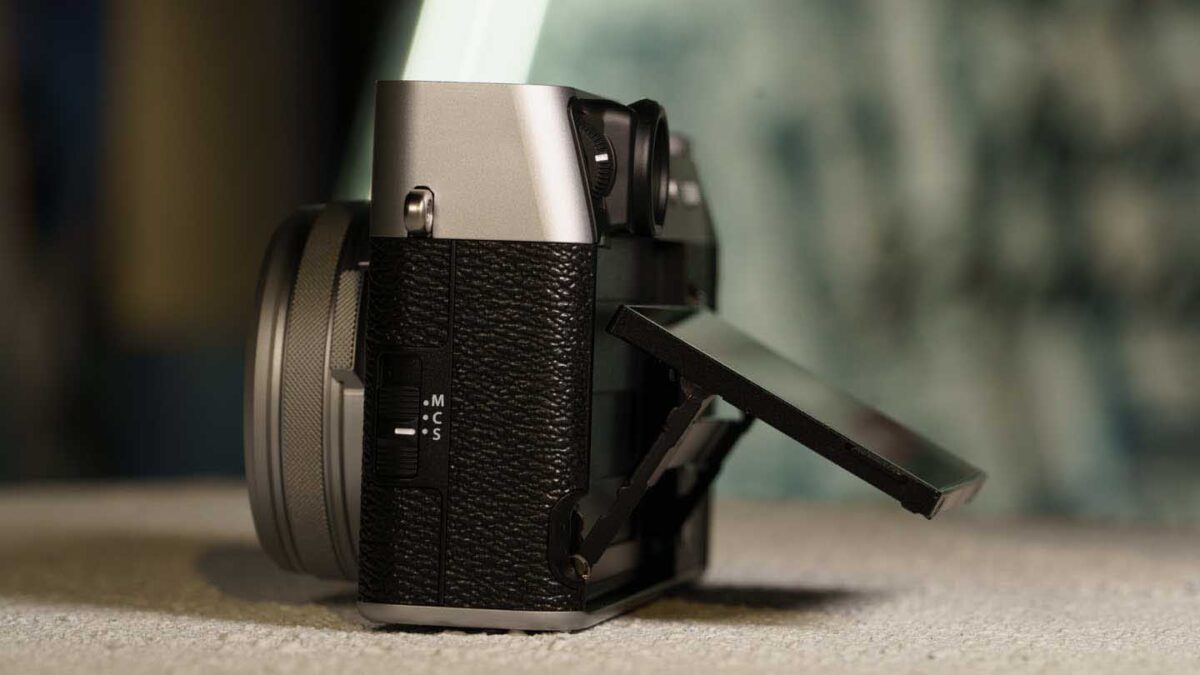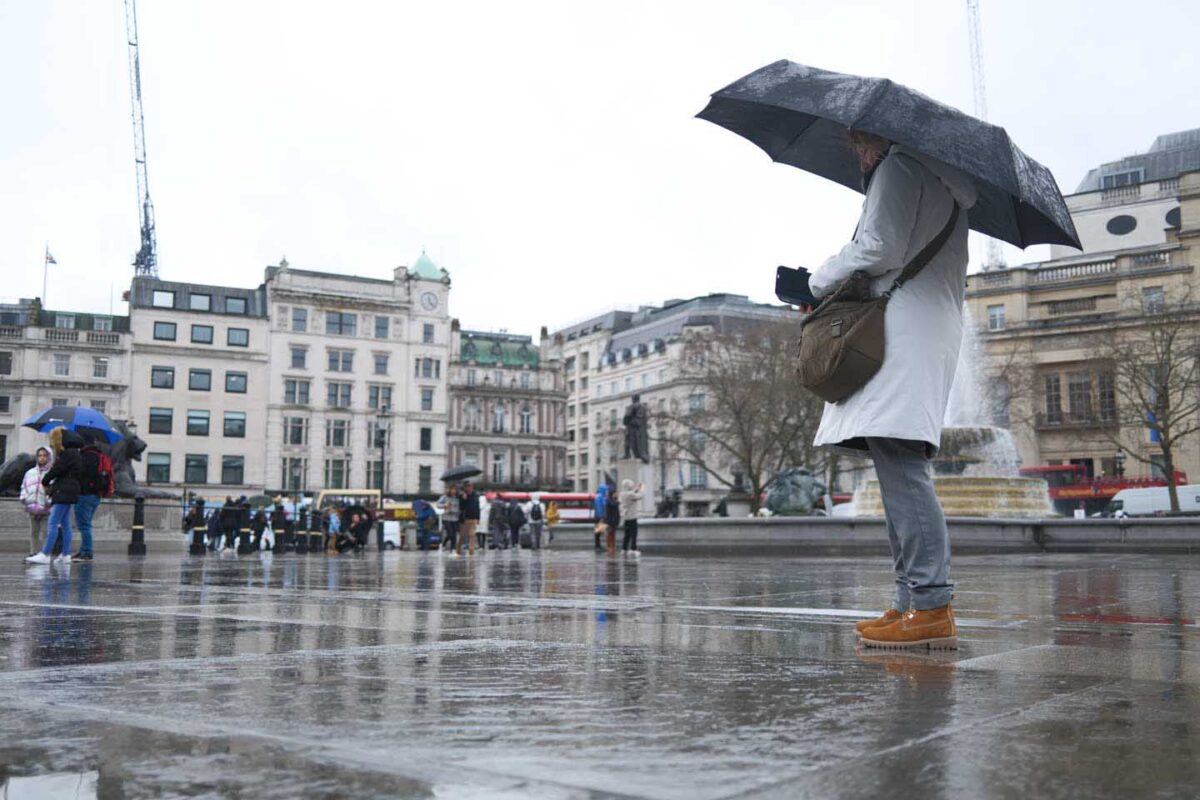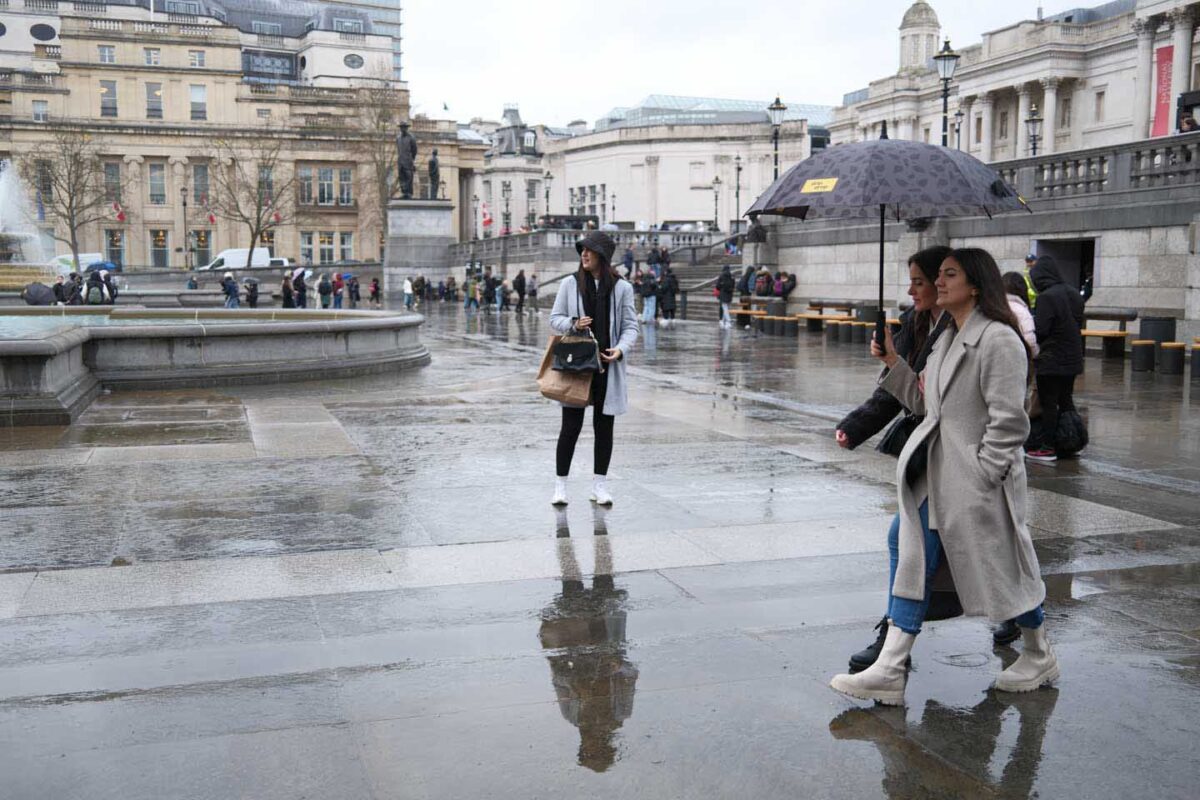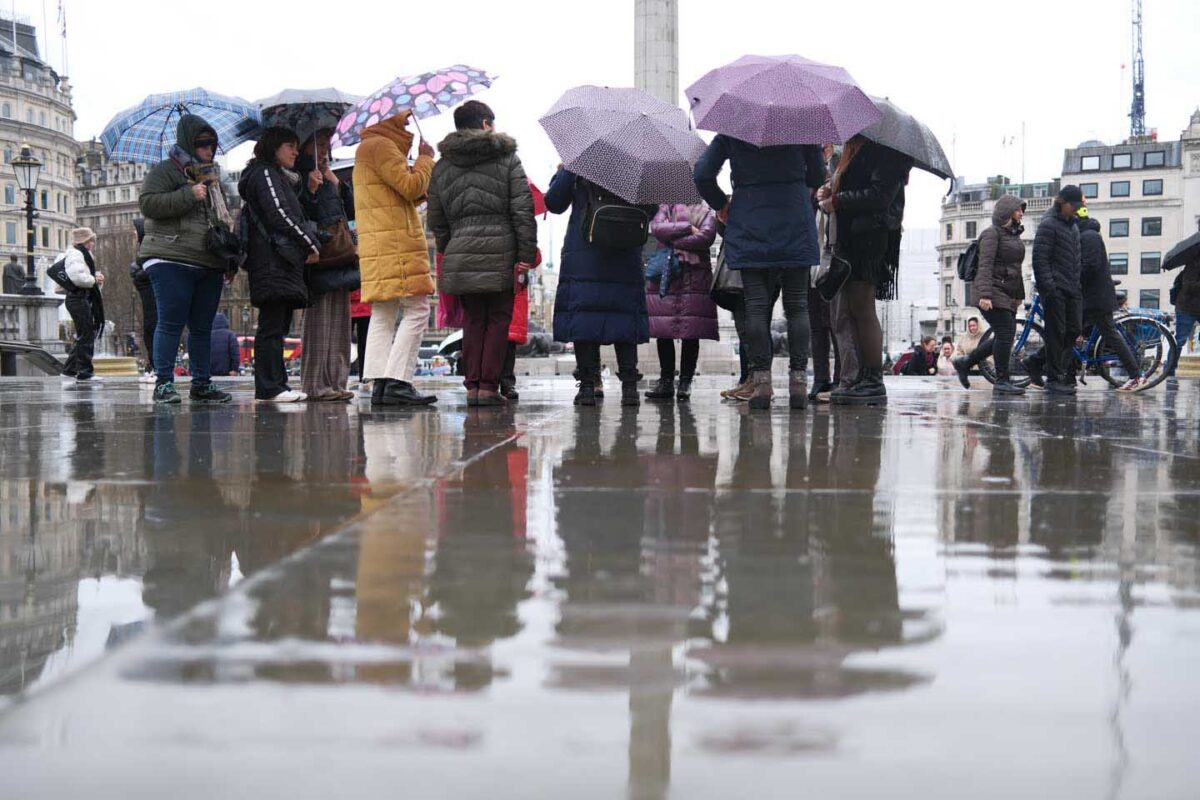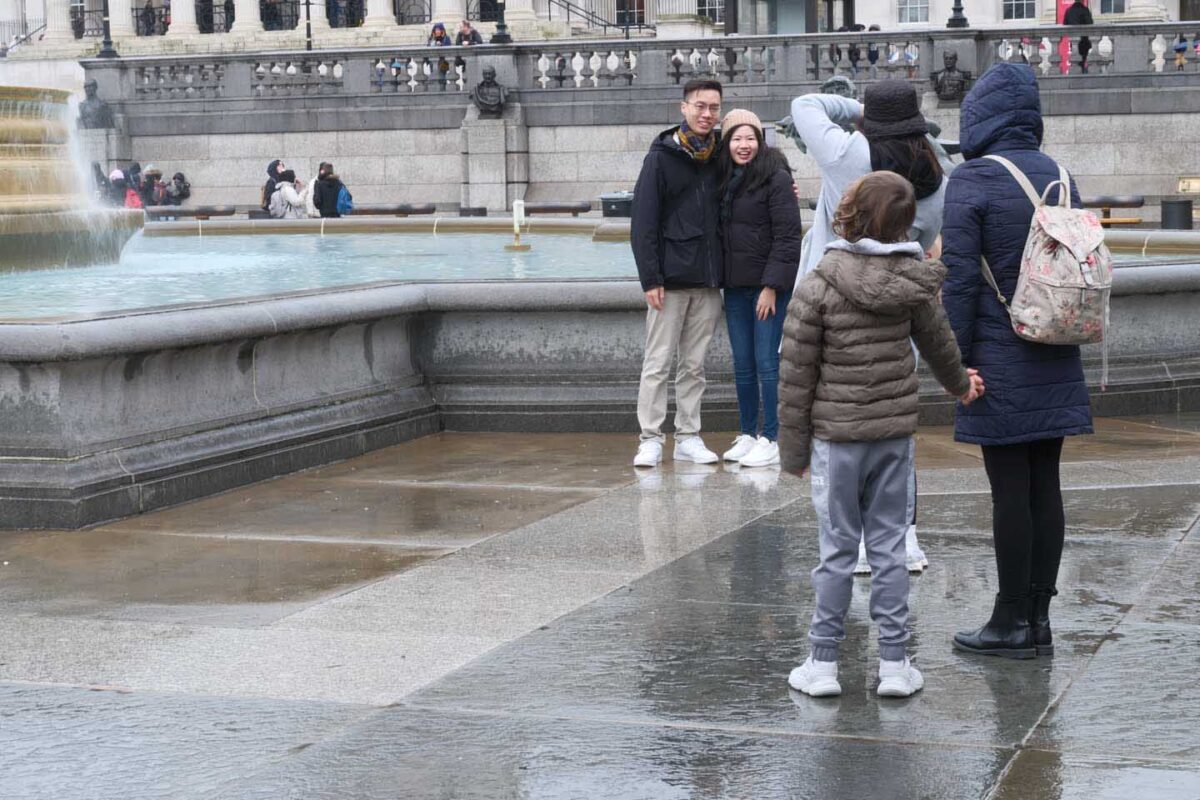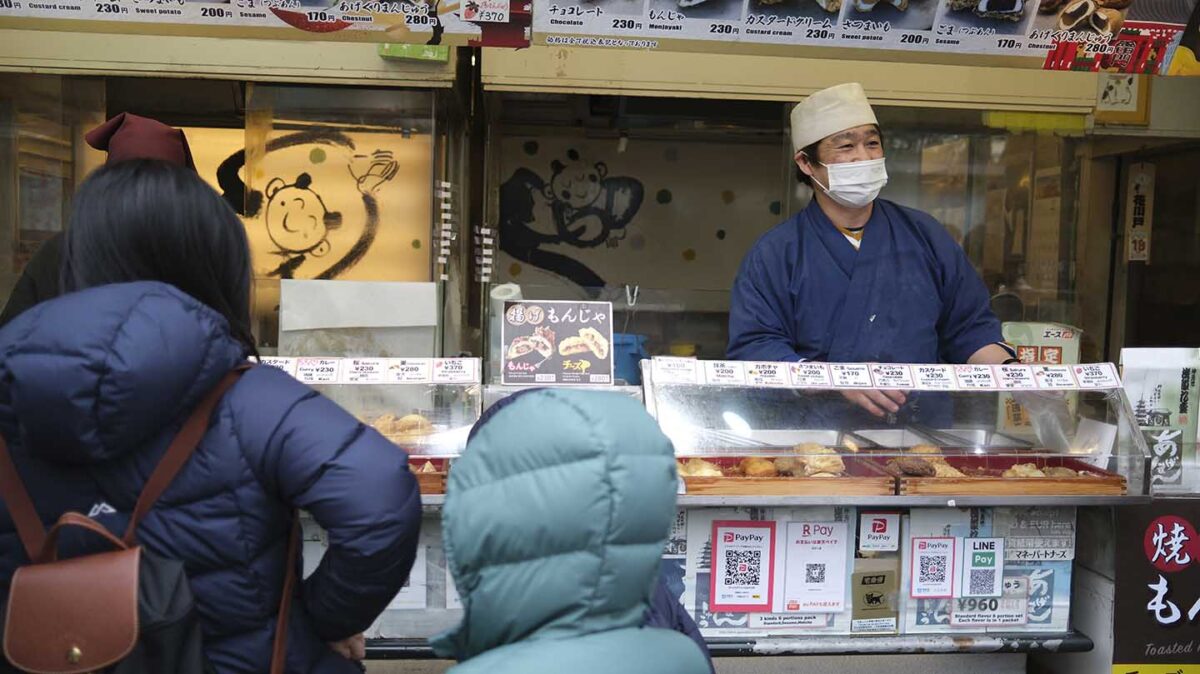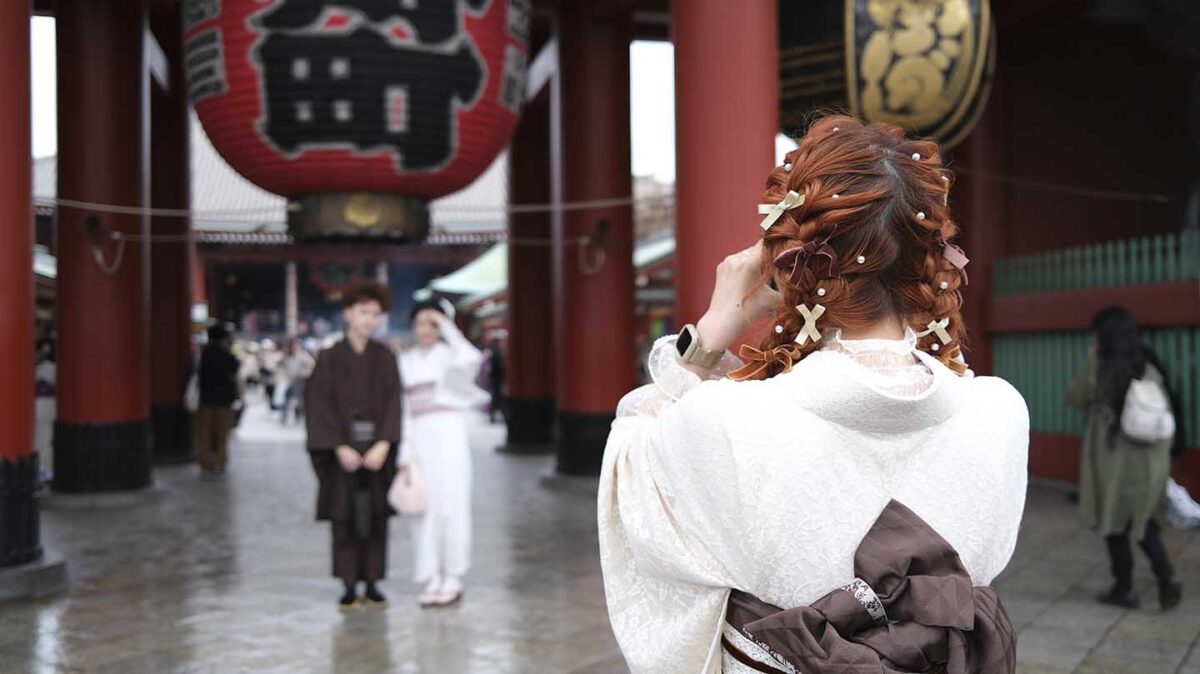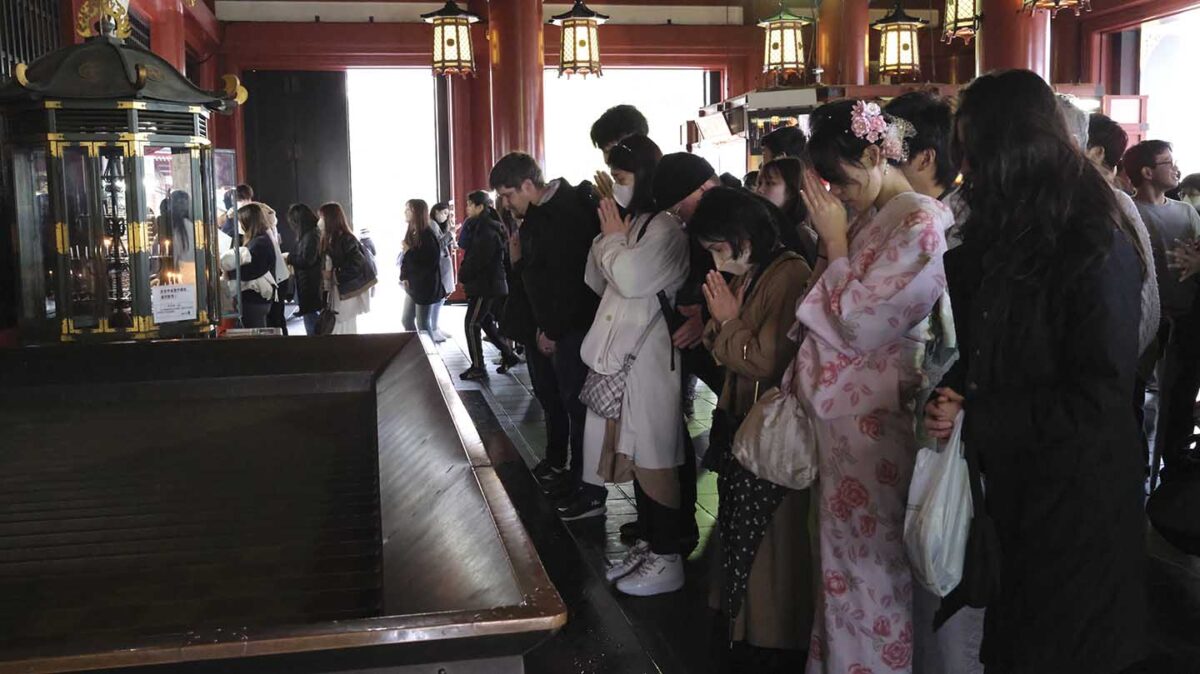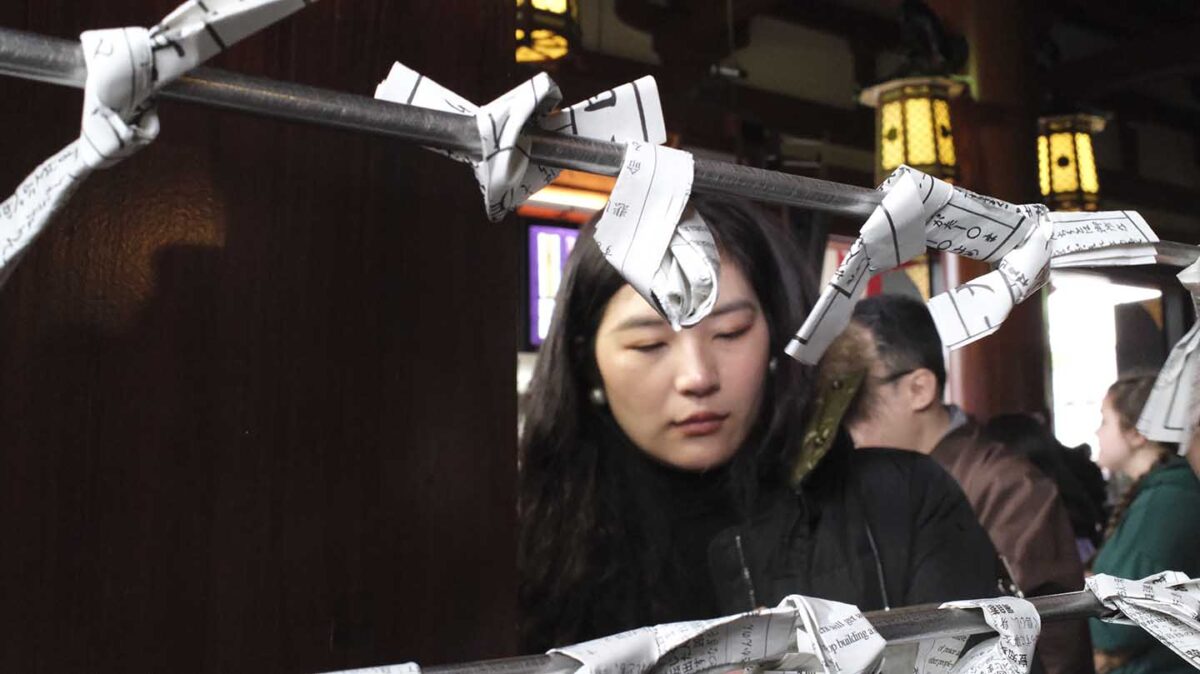Fujifilm’s X100 series of compact cameras stand out from the norm because of their APS-C format sensors and fast, high-quality fixed focal length lenses. The fact that the Fujifilm X100VI has the same 40.2MP X-Trans CMOS 5 HR sensor and X Processor 5 as the X-T5 and X-H2 adds to the new camera’s attraction, enabling larger image capture with greater detail levels than is possible with the previous model.
While the high-resolution sensor boosts image size, the X-Process 5 introduces improvements to X100VI’s autofocusing with better tracking and subject detection that can be set to detect aeroplanes, trains, cars, motorcycles animals and birds in addition to human face and eye detection.
There’s also a base ISO setting of ISO 125 and a 4-stop neutral density (ND) filter, both of which are useful when you want to use slow shutter speeds in daylight.
Although the X100VI isn’t designed as a sports camera, it can shoot at up to 11fps when the mechanical shutter is in use and 20fps with electronic shutter, which could be helpful for capturing the decisive moment in street or documentary photography. There’s also a top shutter speed of 1/180,000 sec.
In keeping with Fujifilm’s other recent cameras, the X100VI can be set to shoot Jpeg or 10-bit HEIF files in addition to raw files. The camera also gains the new Reala Ace Film Simulation mode, taking the Film Simulation count to 20.
The X100VI’s Fujinon 23mm f/2 lens is the same as the X100V’s, perfect for those who appreciate the classic 35mm equivalent focal length. That large aperture is also ideal in low light situations, allowing you to keep the ISO setting low while still using a fast shutter speed. On a heavily overcast rainy February day in London, for instance, shooting at f/2 and ISO 125, I was still able to use shutter speeds of 1/320 sec or faster.
It’s also notable that Fujifilm has given the X100VI in-body image stabilisation (IBIS). That’s a first for the X100 series and it enables up to 6EV of shutter speed compensation. Fujifilm hasn’t, however, given the camera its Pixel-Shift Multi-Shot technology for creating higher resolution images.
It’s nice to see Multiple Exposure amongst the drive mode settings on the X100VI. This can be used to combine up to 9 images in-camera with the blend mode set to Additive, Average, Lighten or Darken. The individual images are stored in the format that’s selected while the composited image is a Jpeg.
Like its predecessors, the X100VI has an electronic and an optical viewfinder, and it only takes a flick of a switch to swap between them. The electronic viewfinder has 3.69 million dots and an Electronic Range Finder (ERF) function enables a smaller electronic viewfinder display to overlay the optical viewfinder and magnify the point of focus.
When the optical viewfinder is selected, bright lines indicate the framing. When the 50mm or 70mm Digital Teleconverter is activated, these bright lines mark a smaller box in the frame and a greater proportion of the view is outside of the imaging area. That can be useful for street photography if you’re waiting for a subject to enter the frame.
I discovered a small glitch with the X100VI, when the digital level is set to 3D, it’s impossible to seelct the optical viewfinder using the switch on the front of the camera. I expect this will be ironed out with a firmware update.
There’s also a 3.0-inch 1,620,000-dot tilting touchscreen which can be used for composing and reviewing images.
While the X100VI is aimed at photographers, it’s also capable of capturing video. There’s a maximum resolution of 6.2K at 30p, which comes at the expense of a 1.23x crop. Alternatively, 4K video can be shot at up to 60p with no crop.
Both F-log and F-log2 are available for capturing extended dynamic range of up to 13+ EV. There’s a 2.5mm mic port and a 3.5mm headphone port for recording and monitoring audio with video.
According to Fujifilm, the X100VI is 20% more power efficient than the X100V, but some power is used by the new IBIS technology. This enables up to 450 images to be captured when the optical viewfinder is used to compose images. That’s 30 images up on the X100V.


